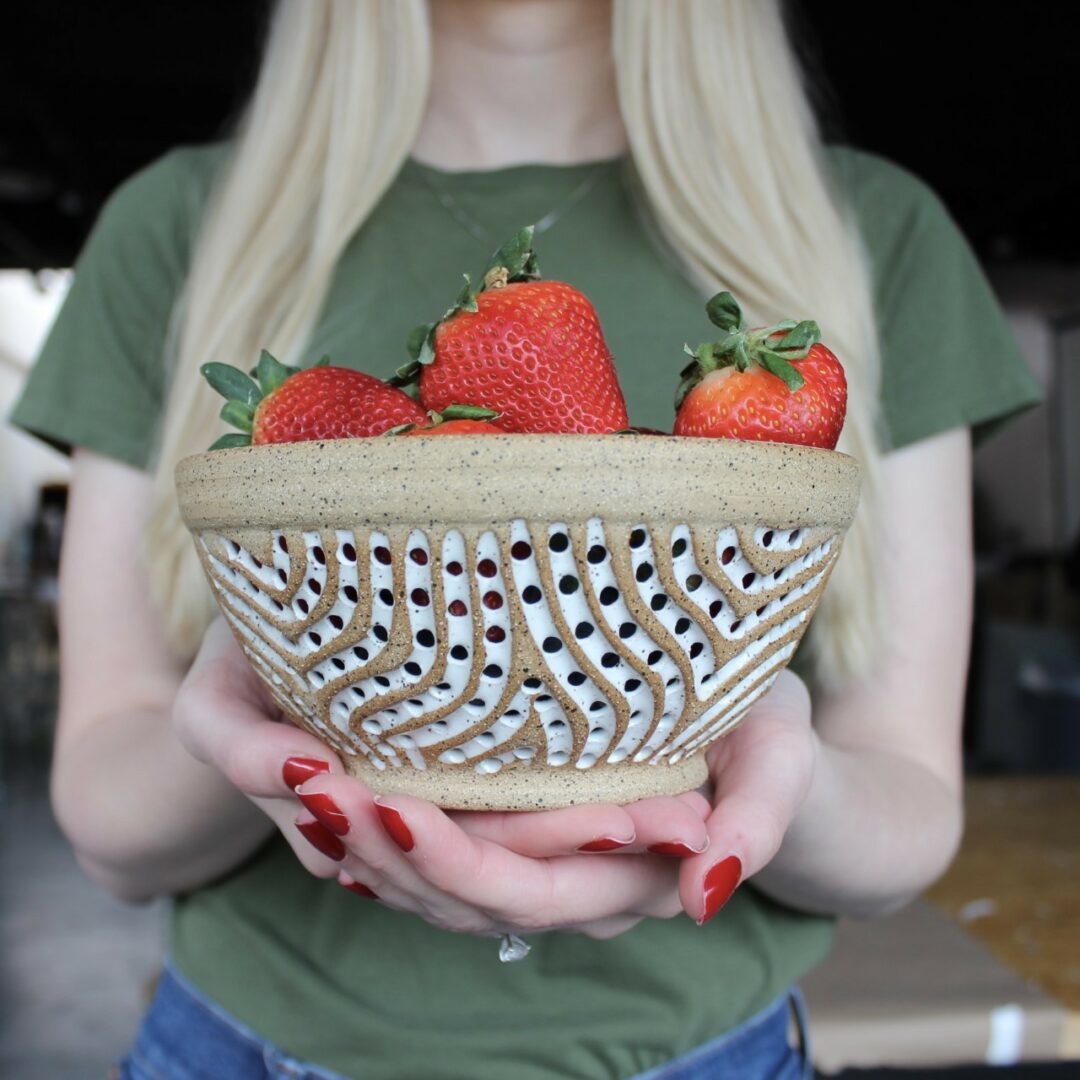Alright – so today we’ve got the honor of introducing you to Hope Limyansky-Smith. We think you’ll enjoy our conversation, we’ve shared it below.
Hi Hope, great to have you with us today and excited to have you share your wisdom with our readers. Over the years, after speaking with countless do-ers, makers, builders, entrepreneurs, artists and more we’ve noticed that the ability to take risks is central to almost all stories of triumph and so we’re really interested in hearing about your journey with risk and how you developed your risk-taking ability.
I developed my ability to take risks by restructuring the way I view failure. As an artist, you will have pieces that do not work out. I have tried to view my failures not as some sad loss, but as an opportunity to grow in my knowledge of my craft. If you can break down why the piece didn’t work out, then you can gain a new understanding of your medium. This information can help better the next piece that you make. When you take the negative stigma away from failure, taking risks seems far less scary. I am excited to push materials to their limit. What is the worst that could happen? The piece could break, and although that can make you feel sad at times, it gives me an opportunity to learn and grow. I often tell my students that if they are not failing every once and a while, then you are playing it safe. Take the risk. Learn from the successes and the failures. Push yourself to grow past the fear.
Thanks, so before we move on maybe you can share a bit more about yourself?
I am a practicing artist and full-time high school ceramics instructor. When I am not teaching ceramics, I am busy making my own work. In addition to the work I do inside my classroom, I have spent the last two years posting educational ceramics videos on Instagram and building a community centered around our love of clay. I now create content for brands where I demonstrate how to use their tools and I work to share my passion with others. I am truly grateful that I have gotten to follow my passion and turn it into a career. I love what I do!
There is so much advice out there about all the different skills and qualities folks need to develop in order to succeed in today’s highly competitive environment and often it can feel overwhelming. So, if we had to break it down to just the three that matter most, which three skills or qualities would you focus on?
Being an artist is not always the easiest of paths. If I had to give my past self 3 things to remember they would be: embrace failure, advocate for yourself, and remember that you can take breaks. If you have never worked in clay before, then you may not know that a large part of ceramics is testing out ideas and accepting things when they don’t go as planned. I think it’s easy to be discouraged when you unload a kiln and you are not satisfied with any of the pieces that came out. I really had to work to reframe how I viewed these ‘failed’ pieces. Instead of looking at them and being upset about what was lost, I instead try to think about why the piece didn’t work out and what lessons I have learned from this experience. The sooner you can view failure as an opportunity to learn, the better I think your art will become.
Another difficult barrier to becoming an artist is having to not only create the work but also sell the work. I learned early on that although I may consider myself to be an artist, I am also a business owner. Sometimes I would struggle to put on the business owner hat when working with galleries. It is difficult to negotiate contracts but at the end of the day I have to advocate for myself and I have to wear that hat confidently. No one else will do it for you.
The third thing I have found key to being an artist, educator, and business owner is that sometimes you need a break. For me, creating art is my outlet to help me relax. When you turn that outlet into a source of income it can add pressure and change that relaxing feeling into one of stress and anxiety. I had to give myself some boundaries to help protect that relaxing feeling. For me, this means I set days aside to just experiment with clay. I have found that setting specific time aside for pushing myself creatively has helped me manage some of the stress that I get when a deadline is coming up and I am needing to make new work.
What do you do when you feel overwhelmed? Any advice or strategies?
I think it’s easy to get overwhelmed when your passion becomes your job. I have found that it’s really important to take breaks! I am a huge planner, so I like to plan my breaks. After doing a large shop update, I will usually give myself a week or so off to make whatever I want in the studio. I find that reserving this week for experimentation in clay is really critical in keeping my creativity flowing. Sometimes I will make a hundred pieces in that week- other times I will make one piece. It’s so important to stop and listen to yourself.
Contact Info:
- Instagram: https://www.instagram.com/limyanskystudios/?hl=en
- Youtube: https://www.youtube.com/@LimyanskyStudios
- Other: https://www.etsy.com/shop/LimyanskyStudios





Image Credits:
Hope Limyansky-Smith




